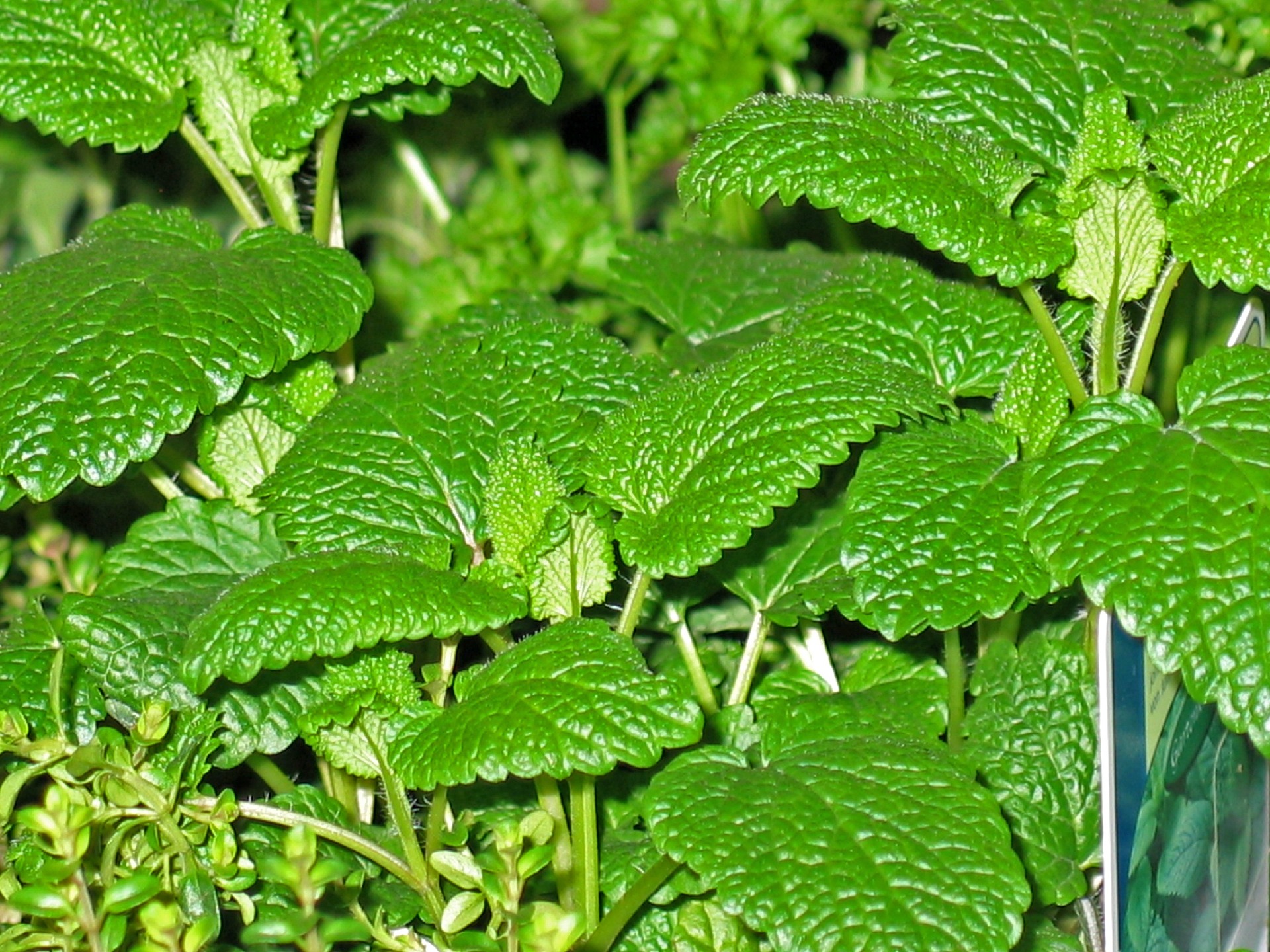Thyme is an important herb that is used for many purposes. The herb’s leaves have a wide variety of uses to man, including culinary, medicinal, cosmetic, and more. Because of this, many homeowners choose to grow it in their garden and look forward to using it in any way they can.
A variety of the spice mixes that you use on a daily basis contain thyme leaf extract as a key ingredient. The substance has strong aromatic properties and a rich flavor that is perfect for marinades, stews, and soups.
When it comes to health benefits, thyme is good for your lungs. It is quite beneficial to your respiratory system as it strengthens and protects it from many conditions, such as a sore throat, whooping cough, and more. Thyme leaf extract is also an incredible remedy for shortness of breath.
Many cosmetic products also contain the extract of this herb as a key ingredient thanks to its great antibacterial and skin protection properties. This botanical extract is high in thymol which is known as an antiseptic as well as being able to soothe skin.
As you can see, thyme is such an important herb whose uses extend far across the board from beauty and healthcare to food and beyond.

WHITE SPOTS ON THYME LEAVES
What are the white spots on thyme leaves? Many homeowners and gardeners who grow the plant notice white spots on their thyme leaves and wonder what they are. If that includes you, read on to learn more.
The white spots on thyme leaves are an unfortunate yet common occurrence every season. They are caused by leaf sucking insects, including thrips, spider mites, leafhoppers, and whiteflies. These insects suck the liquid inside your thyme leaves using their needle-like mouths and cause several white tiny spots to form on their surface.
Nonetheless, the white spots should not be a cause for alarm as they are harmless to the plant. The only problem is that they could affect the potency of your leaves so they may not taste the same way they would otherwise.
HOW TO PROTECT YOUR THYME LEAVES FROM INSECTS
You can enjoy all the culinary, health and cosmetic benefits that come from thyme leaves by protecting your garden from the harmful insects. The leaves are naturally insect-resistant, but only to some extent.
So, what can you do about these bothersome insects? You can protect your leaves from the white-spot-causing insects using any combination of the following simple methods;
- Keep natural predators around that feed on the insects that cause the damage to your thyme leaves. Hummingbirds are one of many natural predators that can control the population of these insects.
Dragonflies, spiders, ladybugs, as well as lacewing larvae, are also helpful when it comes to getting rid of whiteflies, spider mites, thrips and leafhoppers in your garden.
- Do not use insecticides to get rid of these harmful insects. This is the number one mistake that many homeowners make in taking care of their garden.
Whiteflies, spider mites, thrips, leafhoppers and other white spot causing insects usually develop resistance to the insecticides that you use against them over time. Not only that, but the insecticides are not healthy to ingest when you finally do harvest and use your thyme leaves.
- Set out yellow index cards coated with a mixture of petroleum jelly and washing detergent to control the insects that are harmful to your plants. An equal mixture of these two substances is sticky enough to catch these pesky insects.
- Mulch using silver reflective mulch, especially when your garden is situated in a whitefly infested area. This is because the reflective mulch makes it difficult for the insects to find their host plants.
CONCLUSION
You now know what the white spots on thyme leaves are as well as what causes them. You also know how to keep the spots away from your leaves and have a healthier garden. It is time to make use of this useful knowledge in your gardening project and enjoy all the benefits that come from using thyme leaves in your everyday life.





